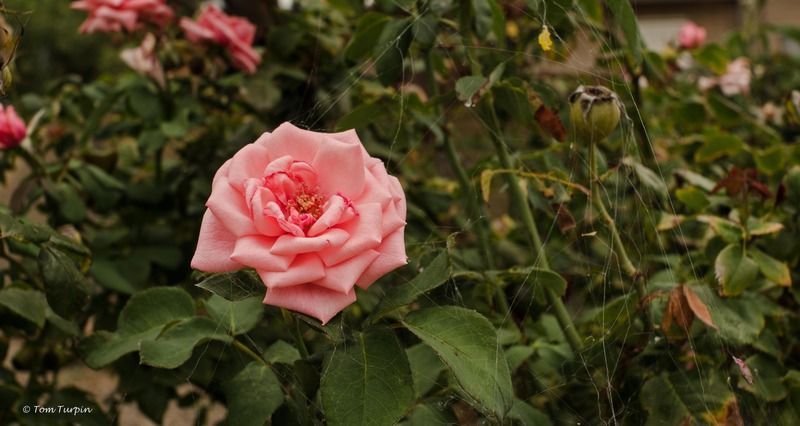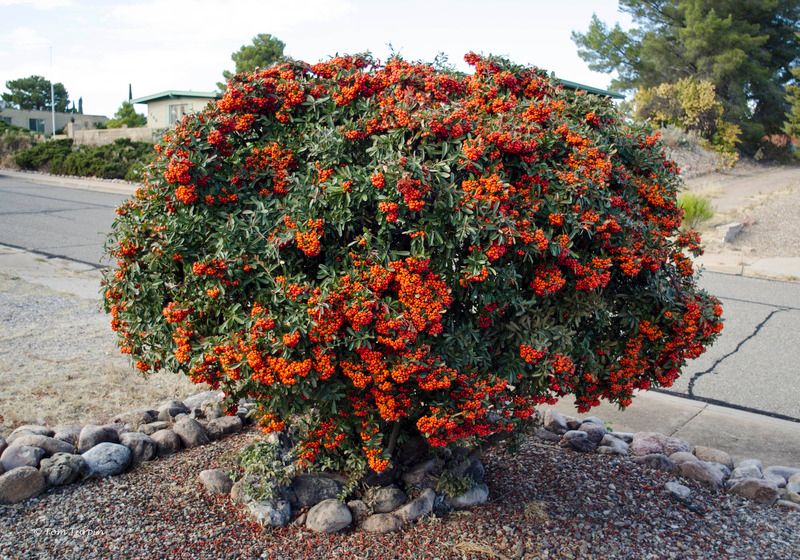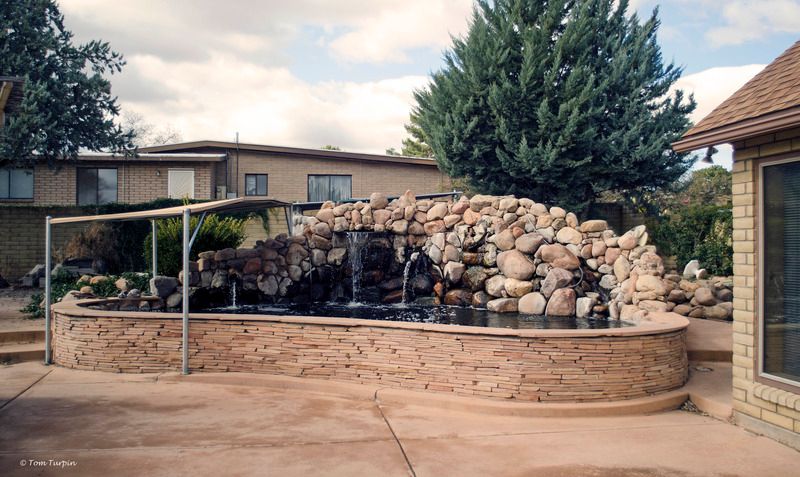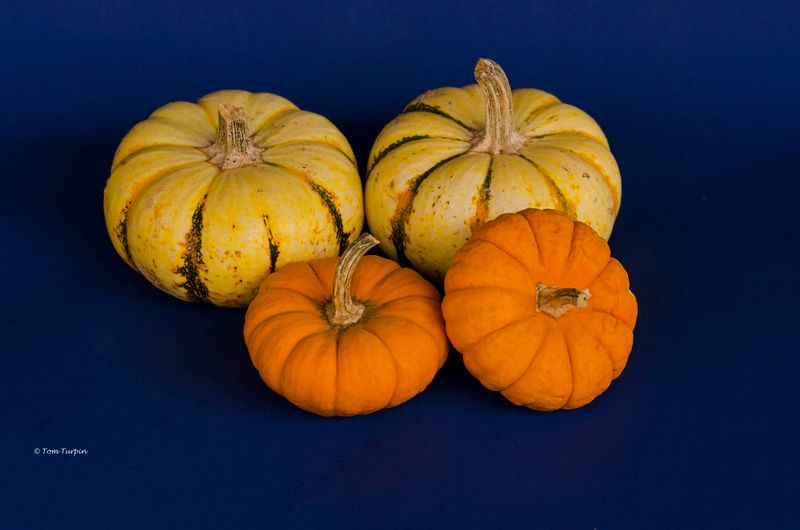

 The Accurate Reloading Forums
The Accurate Reloading Forums  THE ACCURATE RELOADING.COM FORUMS
THE ACCURATE RELOADING.COM FORUMS  Computers, Hi-Tech & Product Reviews
Computers, Hi-Tech & Product Reviews  Practical Photography For Hunters
Practical Photography For Hunters  Old Nikkor lenses
Old Nikkor lensesGo  | New  | Find  | Notify  | Tools  | Reply  |  |
| One of Us |
Guys, I've been a Nikon user since 1966 when I bought my first one, a Nikon F Photomic T model with a 50mm 1.4 lens, in the US Navy Exchange in Saigon, Vietnam. A few months later, while on R&R in Hong Kong, I bought a second one. I have not been without a couple Nikons since then.I think I have six at the moment, but I do not use three of them anymore as they are all film cameras. The current battery that I use are a D100, D7000, and a Coolpix 7100. I have accumulated a bunch of Nikkor lenses over the years, many of which I wasn't able to use until fairly recently when I got the D7000. I'm now using lenses that I haven't used in years. After looking at Wink's photos using his 28mm 1.8G prime lens, I started looking into perhaps adding one to my lenses. I couldn't come up with enough spare change to buy the 28mm, but picked up the considerably less expensive 35 mm instead. In my stash of older lenses, I had a Nikkor A1S 28mm 3.5 lens that I had not used since I quit using film. I'm guessing it is at least 25 years old. Yesterday, I put it on my D7000 body and took a couple shots in the garden. I've posted one of the results. I'm reasonably happy with the images so far. I haven't given up on getting one of the current 28mm, or perhaps a 20mm instead, as I'm sure they are superior to my old ones. However, this one will do until I can save enough beer money to buy the new one.  | ||
|
| One of Us |
I use my manual focus lenses from time to time on my D700. They work just fine, but, I find the biggest drawback being that the focusing screens on the digital cameras aren't nearly as helpful as the screens I have for my Nikon F3HP. There are two work-arounds: 1) buy and install a different screen for the camera (I bought Katz-Eyes but they went out of business, although you might find one on E-Bay or specialized photography equipment sites) and 2) use the Live-View option and manually focus off the sensor itself using the LCD screen on the back of the camera. You can on-screen zoom in on the subject to get more precise focusing and be sure to set the camera to manual focusing. Obviously, the second option really requires the camera to be on a tripod. Here's a link to what the Chinese are producing: http://www.ebay.ie/sch/i.html?...s+screen+nikon+d7000 I also "chipped" (added a CPU) a couple of my manual focus lenses. It allows automatic metering functioning and it allows the camera to record in the metadata with the picture file which lens was used. I discuss how I did mine on another forum: https://www.nikonians.org/foru...7&mesg_id=8357&page= It sounds more daunting than it really is, but some manual lenses need substantial modification, and for that it's better to use a professional service: http://legacy2digital.com/nikon/convert-my-lens One of the lenses I chipped was the Nikkor 500mm mirror lens. These are interesting old lenses, small and light, with no chromatic aberration whatsoever, but they leave a trademark circular "doughnut" of out-of-focus points of light (Bokeh).   But if you don't have any distracting highlights you can get some interesting images:  Depth of field is razor thin on a a 500m so getting focus right, manually, is a real challenge. _________________________________ AR, where the hopeless, hysterical hypochondriacs of history become the nattering nabobs of negativisim. | |||
|
| One of Us |
Great information Wink, many thanks. I also have a 500mm mirror lens that I occasionally use but it has not been modified. Didn't know there was such a thing until I read your response. Thanks again for all your great info and fantastic images. TT | |||
|
| One of Us |
Tom, These recent posts about manual focus lenses got me thinking about how little I use them these days. So, today I went to the duck pond near my house with the Reflex Nikkor 500mm. That lens, which I bought used for a few hundred bucks, cost me a heck of lot less than any 500mm lens I can think of on the market today. ISO 3200, shutter speed 1/2000th  ISO 4500, shutter speed 1/2000th  ISO 2500, shutter speed 1/3200th    On your D7000 it would be the equivalent of a 750mm lens. I wouldn't try to take any pictures with it without putting it on a tripod though. _________________________________ AR, where the hopeless, hysterical hypochondriacs of history become the nattering nabobs of negativisim. | |||
|
| One of Us |
Wow Wink, those are great. My 500mm has been sitting around gathering dust after I switched over to digital. I dug it out when I bought the 7000 and did a few shots with it, just to see if it still worked. It did, but I haven't used it since. Your images using your lens are fantastic so I'll dig it out an see what I can do with mine. Thanks a bunch. TT | |||
|
| One of Us |
Before anyone thinks I would recommend this lens for a photographic safari in Africa, I'll be formal: I would not take this lens on a $10,000 photographic safari. It is so difficult to get focus that most of my shots were either unusable because of camera shake or out of focus. I have a full frame DSLR with a very good viewfinder, improved by replacing the original focusing screen with a KatzEye OptiBrite split-image screen. For somebody using an APS-C camera with a darker and smaller viewfinder I don't even know how you could tell you've got focus. The keeper rate is so low that just about any autofocus lens would be a better choice. Probably the easiest to use on a safari is the Nikkor 80-400mm (latest version) or the Nikkor 200-500mm. While the long telephoto prime lenses will be faster and better (the recently released 300mm f/4E PF ED VR compact Nikkor is an excellent price, weight, size compromise if you get a good copy), they aren't zoom lenses and you'll find yourself having to change lenses (takes time and a pain when you're in dusty conditions) or miss the shot if you can't move your position significantly. Also, the fixed aperture f/8 on this mirror lens is so slow as to pretty much force high ISO values to get the fast shutter speeds you need to get sharp pictures. And high ISO values mean lots of noise and reduced dynamic range. Neither of which contribute to image quality. The shots above are the selected best from dozens which were unusable, and, required a post-processing effort to reduce noise that not all software will allow. While I like the bokeh on the water, like that milky swirl in the first shot above, there are still those doughnuts in the background on other shots which aren't necessarily attractive. _________________________________ AR, where the hopeless, hysterical hypochondriacs of history become the nattering nabobs of negativisim. | |||
|
| One of Us |
| |||
|
| One of Us |
Like! _________________________________ AR, where the hopeless, hysterical hypochondriacs of history become the nattering nabobs of negativisim. | |||
|
| One of Us |
I was looking through the photo posts yesterday and came across this one from a few months back. I have in my Nikon lens collection an old but very good Nikkor-UD Auto 1:3.5 f=20mm lens. I mounted it on my D-7000 body and played with it a bit. In my yard I have a shrub of some sort that I call my sharpness tree. I use it when checking out the sharpness of a given lens. Here is the result using the 20mm lens at f5.6.  I then switched to my Koi pond as a subject , again at f5.6.  Finally, awhile back I posted some photos of a autumn still life using pumpkins, squash and fall flowers as a subject. Wink helped me a lot on that subject. The flowers are long gone, but I used the squash and pumpkins as a subject, switched lenses to an old Nikkor 105mm 1:2.5 lens and stopping down to f16, shot the attached photo.  All in all, I'm pretty happy with the results. | |||
|
| Powered by Social Strata |
| Please Wait. Your request is being processed... |
|

Visit our on-line store for AR Memorabilia

